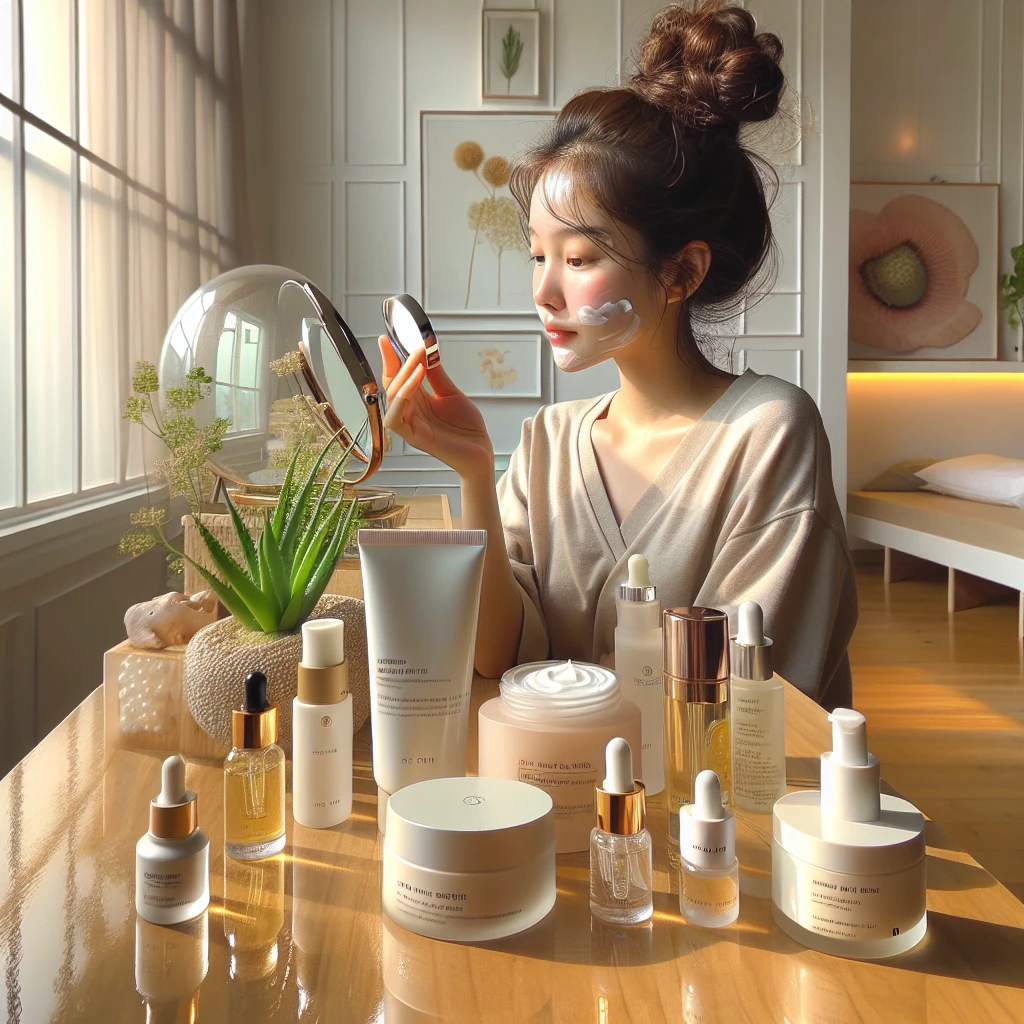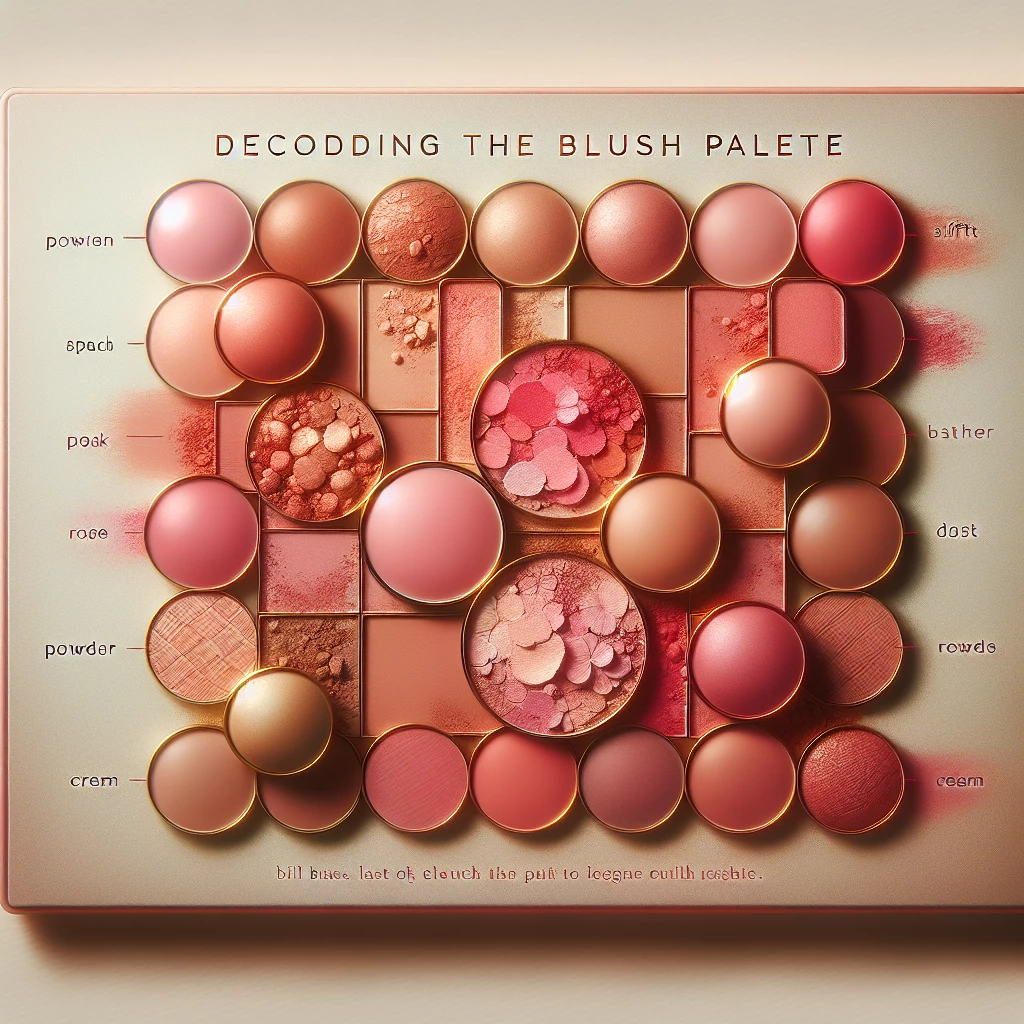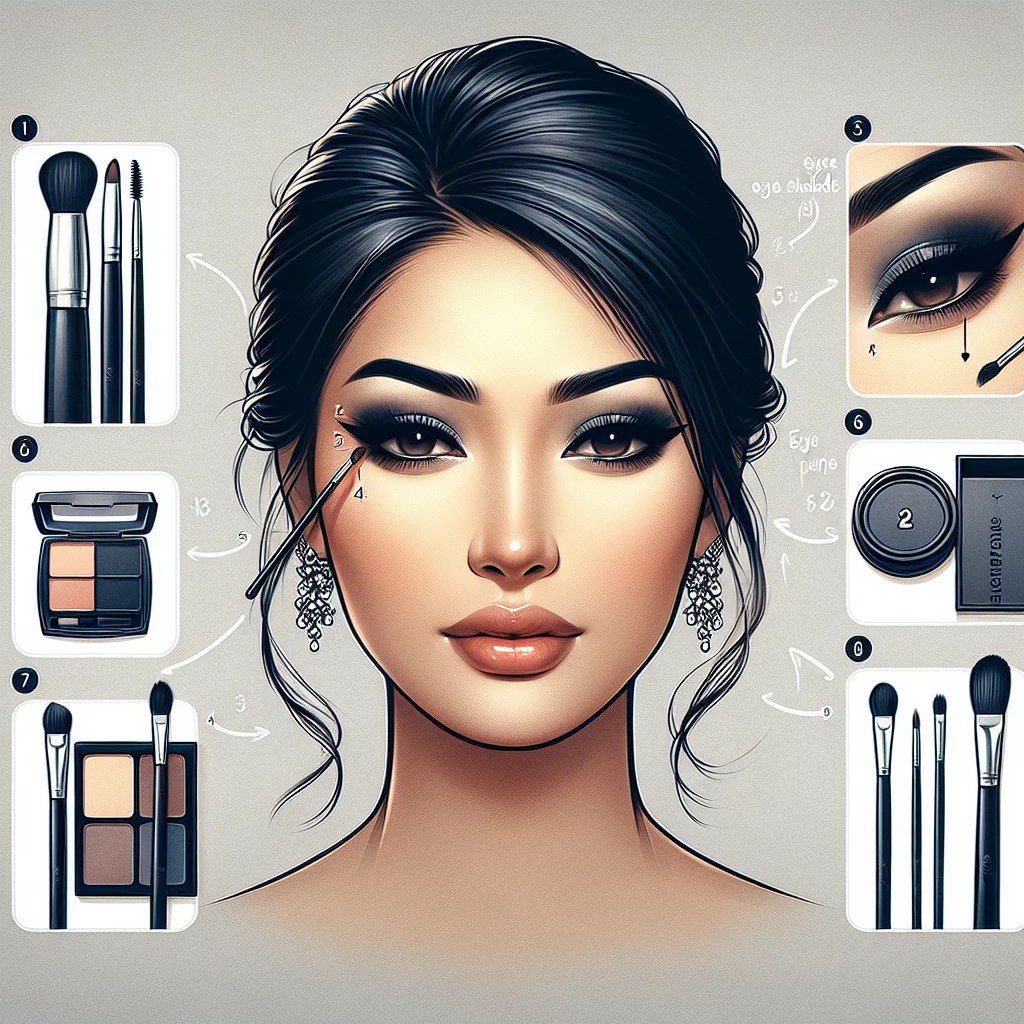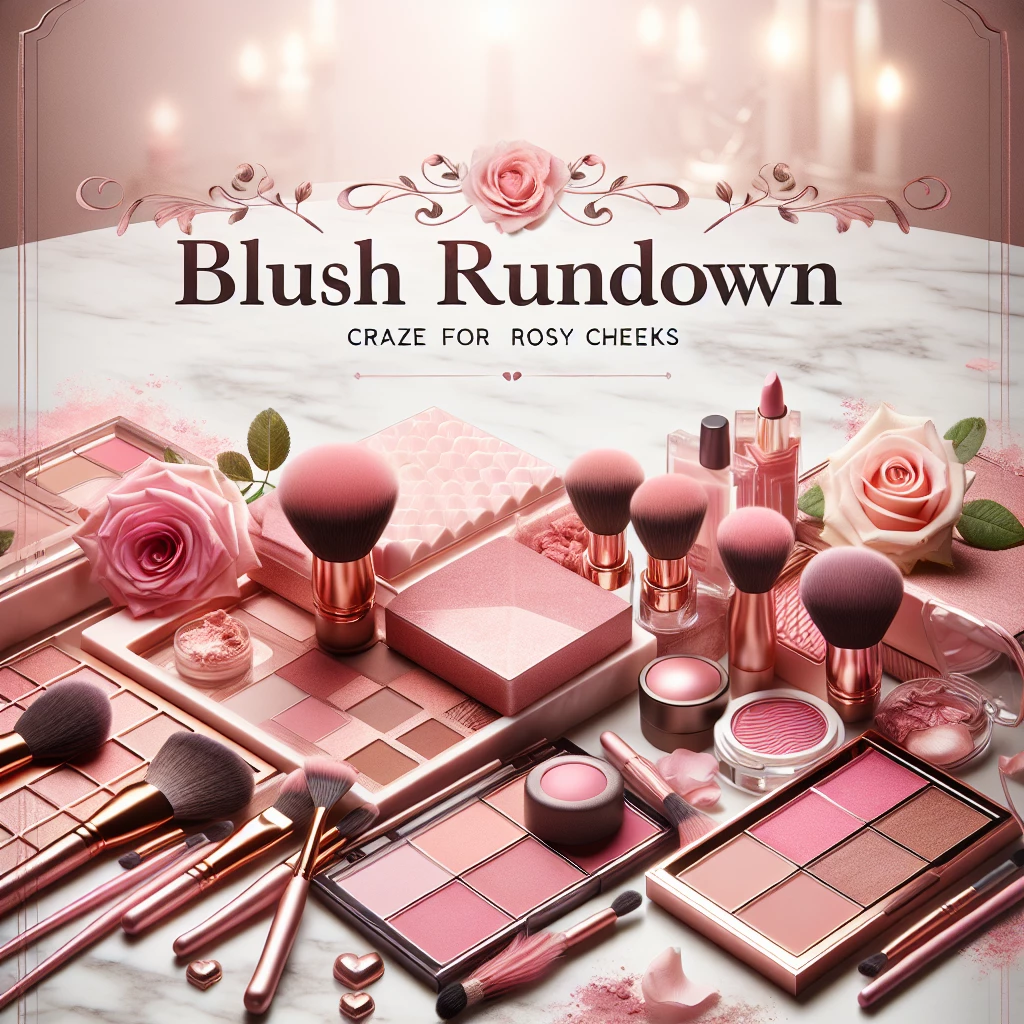A rosy, flushed complexion is more than just a beauty trend; it's a sign of vitality, health, and youthfulness. Whether you're new to the world of makeup or a seasoned pro looking to refresh your routine, the right blush can truly make a world of difference. It may seem like a minor detail, but a well-placed splash of color can create an impact, lifting your face and brightening your look. Today, we'll delve into the nuances of this desirable beauty feature, exploring different blush types, application techniques, and, notably, how these factors vary depending on skin tone and face shape.
Understanding Blush Basics
First and foremost, let's take a quick look at what blush can achieve for your makeup look. It doesn't just add color; it can also shape, define, and bring life to your face. Blush provides the illusion of vibrant, healthy skin and a radiant complexion, both of which are hallmarks of youth.
Choosing the right blush involves considering your skin's undertones, which range from warm to cool, and can significantly impact how a particular shade will appear on you. The texture of the blush is equally important, with options like powders, creams, tints and sticks prevalent in the makeup market. Each formula has its own strengths and suits different skin types and makeup styles. Understanding your skin type and preference can help you select the perfect blush for your needs.
Positioning blush appropriately on your face can dramatically change your appearance. Placement varies according to face shapes and desired effects. Many makeup artists suggests focusing on the apples of the cheeks for a natural, flushed appearance, or applying it in upward strokes along the cheekbones to create a more defined and edgy look.
Identifying Your Perfect Shade
The blush shade you choose should complement your skin tone. If you have a fair skin tone, opt for soft pinks or peaches for a natural look, or experiment with bolder, brighter colors for a standout makeup look. If you have a medium or olive skin tone, warmer tones like terra cotta or berry will enhance your natural glow.
Choosing the right blush for dark skin tones can be a breeze with a little knowledge. Opt for vibrant shades such as warm reds, tangerines, or deep berries to make your skin glow. Try to avoid ashy colors as they can make dark skin look dull. Always remember, the key is to pick shades that complement rather than contrast with your skin tone.
Now that you've identified your perfect blush hue, it's time to apply it. Blend it well to create a natural, rosy flush that will give life to your complexion and charm to your smile. Blush is the final touch in your makeup application process and should unify and complete your look.
Tricky Blush Situations and How to Fix Them
Like all makeup, blush application can sometimes go awry, but don't worry. There are several solutions for common problems. If you accidentally apply too much blush, you can diffuse the color by dusting a little translucent powder on top and blending. If your blush looks too patchy, a blending sponge can come to the rescue.
Remember that blush is not a one-size-fits-all product. It needs adjustment and customization to fit your personal makeup look and style. The color, intensity, and placement will all vary according to your facial shape, skin tone and personal preference.
Blush has the power to make or break your makeup look. With a keen understanding of your face and what suits it best, you'll be invested with a tool that can radically uplift your beauty routine and flatter you in the best possible way.
Our blush rundown has shown how this oft-underestimated part of a makeup routine can offer crucial effects, creating an aura of health, youth, and vivacious charm. Understanding the best blush type, color, and application technique to match your skin tone and face shape can significantly enhance your makeup repertoire. Let this guide inspire and inform your next blush purchase, and start enjoying your rosy cheeks in style!

The Magic of K-Beauty
Explore the trend of Korean beauty and what makes it a global phenomenon.

Decoding the Blush Palette
A comprehensive guide to using different shades of blush for various skin tones.

Creating Smokey Eyes: A Guide
Understand the art of achieving the perfect smokey eye look for any occasion.

Unmasking Lip Gloss Trends
Dive into the world of lip gloss, tracking its evolution and the latest trends.
